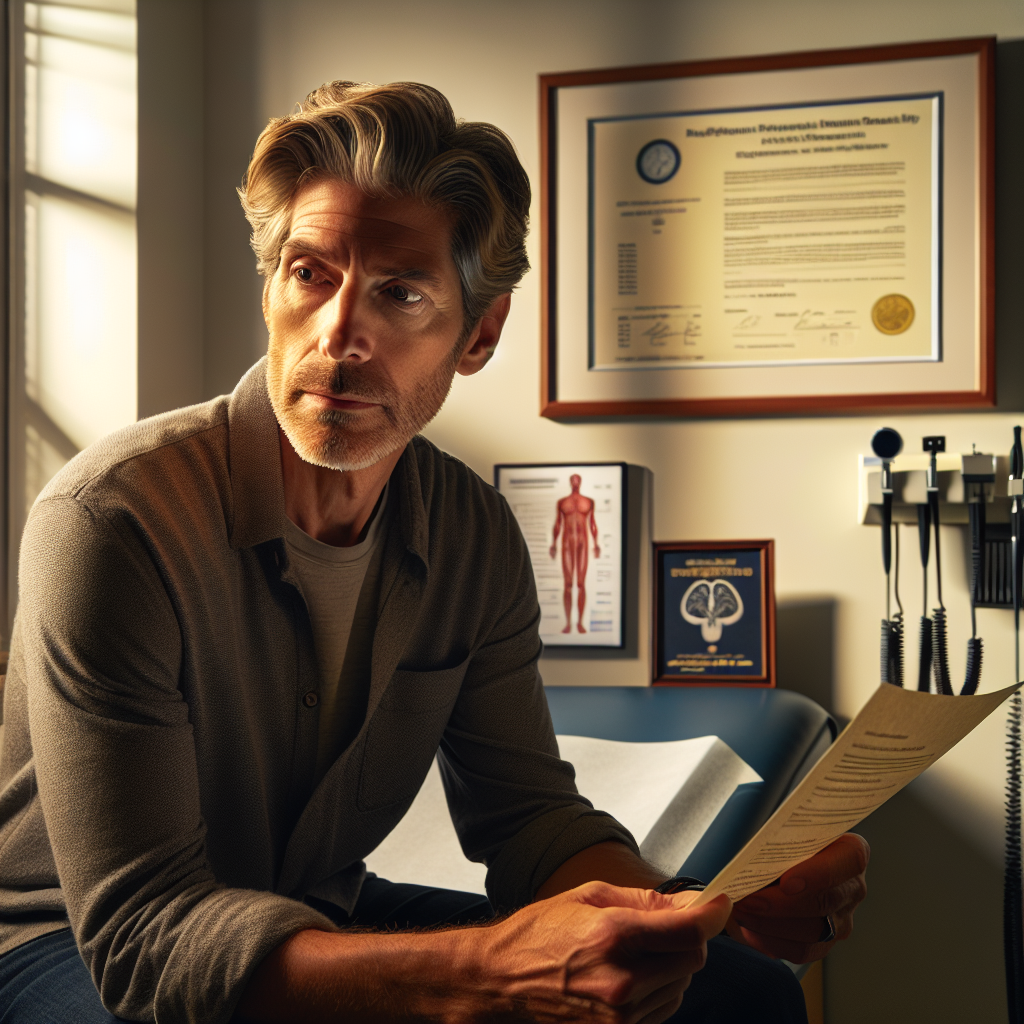Transforming My Life: How Solving a Personal Challenge Became My Ultimate Salvation

A Journey from Symptoms to Survival: Bruce Seibert’s Pancreatic Cancer Story
In December 2004, a sudden bout of nausea led Bruce Seibert on an unexpected journey that would change his life forever. What began as an innocuous stomach upset soon escalated into a shocking diagnosis of pancreatic cancer. This remarkable story highlights the importance of listening to your body and seeking timely medical intervention.
Initial Symptoms and Diagnosis
Bruce’s ordeal started with a simple act of vomiting, which he initially attributed to something he had eaten. However, after three days of persistent discomfort, he sought medical advice from his doctor’s partner, as his usual physician, Dr. Steven Pepper, was unavailable. This decision proved crucial in identifying a serious health issue.
- Key Symptoms:
- Persistent nausea
- Chest discomfort
- Doctor’s Actions:
- Physical examination
- Blood tests and a CAT scan at St. Joseph Hospital
The results were alarming: Bruce was diagnosed with pancreatitis and directed to the emergency room for immediate care. Following further testing and an ERCP (endoscopic retrograde cholangiopancreatography), he faced the devastating news of pancreatic cancer.
Surgical Intervention: The Whipple Procedure
Bruce was referred to Dr. Todd Howard, a skilled surgeon, who prepared to remove the tumor from his pancreas. In January 2005, he underwent the Whipple procedure at Missouri Baptist Hospital. Upon waking, Bruce learned that the tumor had been successfully removed and, thankfully, his lymph nodes were clear.
- Surgery Date: January 2005
- Procedure: Whipple surgery
- Outcome: Tumor removal confirmed, lymph nodes clear
After a three-week recovery, Bruce had to adapt to a new lifestyle, including dietary changes. His physician encouraged him to experiment with various foods and consider enzyme supplements to aid digestion.
Ongoing Monitoring and Recovery
Bruce’s journey did not end with surgery. He diligently returned for regular check-ups, including blood tests and scans, for five years. In a moment of relief, Dr. Howard declared him cancer-free, advising him not to return for further appointments.
Reflections on Health and Family
Returning to work just two months post-surgery, Bruce continued until retirement at age 69. Now at 80 years old, he reflects on the importance of being attentive to bodily signals. His experience emphasizes the significance of prompt medical attention:
- Lesson Learned: Always listen to your body and act on symptoms.
In 2014, Bruce found himself back at Dr. Howard’s office, but this time as a supportive husband. His wife, Wanda, underwent her own Whipple procedure, but her prognosis was far less favorable. Tragically, her lymph nodes were not clear, and she passed away 15 months later.
Bruce’s story serves as a compelling reminder of the unpredictability of health and the importance of early detection. His resilience and proactive approach highlight how crucial it is to prioritize one’s health.
For those facing similar challenges, sharing stories of perseverance can inspire hope and support in the fight against pancreatic cancer. If you would like to share your experience, consider contributing to the conversation and helping others.
Takeaway: Don’t ignore the signs your body is giving you. Early detection can be vital in the battle against cancer.






